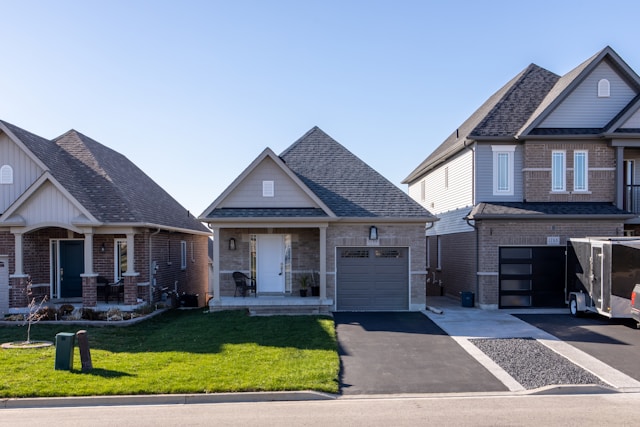The concept of being middle class once came with a promise: security, opportunity, and the chance to build a better life. Yet, in communities like Barrie, Ontario, that promise seems to be slipping through the cracks of rising rents, stagnant wages, and an increasingly elusive housing market.
For decades, the Canadian middle class symbolized stability—a comfortable home, a steady income, and the occasional family vacation. But today’s Barrie tells a different story. The Organization for Economic Co-operation and Development (OECD) defines the middle class as earning between 75% and 200% of the median household income, roughly $52,875 to $141,000 annually. These figures, however, feel detached from reality for many living in Ontario, where housing prices continue to outpace incomes.
Take Opeyemi Kehinde, a nursing student and mother of five living in Cornwall, not far from Barrie. Despite her and her husband’s efforts—working long hours while balancing childcare—their family of seven struggles to maintain basic financial stability. With monthly rent nearing $1,880 and utilities climbing, their combined household income of less than $40,000 annually leaves them far from the OECD’s definition of middle class.
The housing market, once a foundation of middle-class wealth, has become its most significant barrier. Barrie, like many Canadian cities, has seen property values skyrocket over the years. Younger residents, even those with six-figure salaries, face the grim reality that homeownership might forever remain a distant dream. This generational inequity is stark: older homeowners enjoy wealth accumulation through their properties, while younger Canadians are left to shoulder the burden of inflated rents and stagnant purchasing power.
Professor Paul Kershaw of the University of British Columbia describes this as Canada’s “political bargain”—a tacit agreement to protect the wealth of older homeowners at the expense of younger generations’ financial security. In his words, younger Canadians have become “shields,” propping up a system that prioritizes housing market stability over equity. Politicians, despite their rhetoric, appear hesitant to address this disparity in meaningful ways. Tax breaks and incentives may sound promising but often fall short of tackling the roots of the affordability crisis.
In Barrie, where the population continues to grow due to its proximity to Toronto, the strain on housing supply exacerbates these challenges. Developers prioritize high-profit luxury units rather than affordable housing, further squeezing middle-income families. Meanwhile, renters like Kehinde must make impossible choices: sacrificing career advancement to avoid higher taxes or cutting back on essentials to afford childcare.
The very definition of “middle class” has shifted. For many Canadians under 40, it no longer means homeownership or financial security. Instead, it’s simply the absence of struggle—being able to pay rent, afford groceries, and handle emergencies without sinking into debt.
While the challenges are clear, solutions remain elusive. Advocates like Kershaw call for comprehensive policies that address the root causes of housing inequality—including progressive taxation and increased investment in public services. Such measures could rebalance the scales, making middle-class aspirations more attainable for younger Canadians. But whether politicians will trade short-term gains for long-term solutions remains an open question.
Barrie, Ontario, serves as a microcosm of Canada’s middle-class crisis. It’s a city where aspirations clash with economic realities, where the dream of stability feels increasingly out of reach. Yet, in this struggle lies an opportunity to rethink what it means to support middle-class Canadians—not just through tax cuts or incentives, but by creating a system that ensures equity and opportunity for all.
References:
Who’s considered ‘middle class’ in Canada? And who’s left behind?

